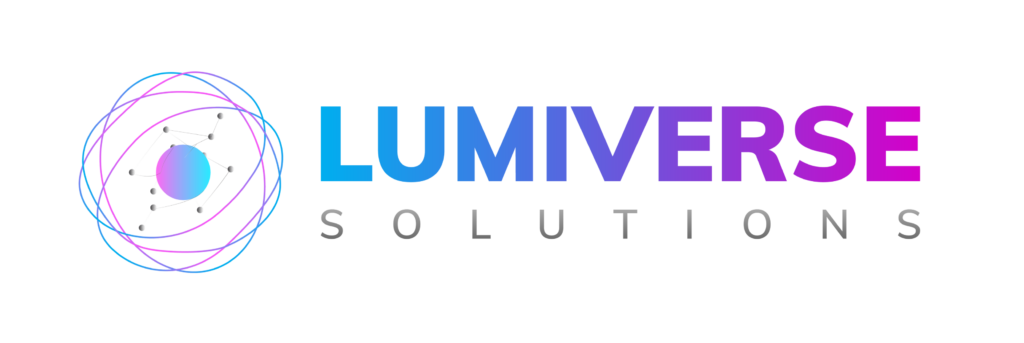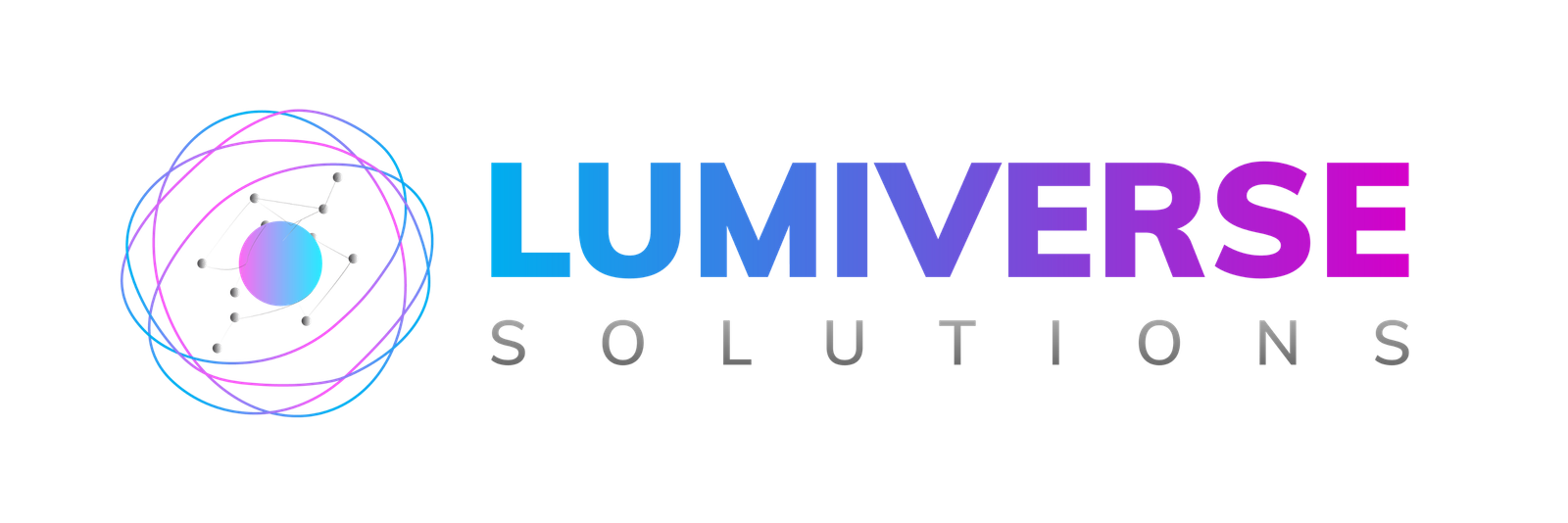New Digital Privacy Regulations That Could Impact Your Business
INTRODUCTION
Over the past five years governments on every continent have accelerated the passage of laws that promise to change how organisations collect, store, share and monetise personal information. 2025 marks a tipping point because New Digital Privacy Regulations are no longer isolated experiments: they are overlapping, quickly evolving frameworks that demand immediate attention from start-ups and multinationals alike. If you once considered privacy a back-office legal concern, today it is a board-level driver of strategy, reputation and even product design. This long-form guide explains what the New Digital Privacy Regulations are, why they matter, and how you can adapt before penalties, brand damage and customer churn strike.
1. The Global Wave of New Digital Privacy Regulations
Privacy law began its modern rise with Europe’s GDPR in 2018, but the landscape has since exploded. India finalised the Digital Personal Data Protection Act in 2023, the European Union reached political agreement on its Artificial Intelligence Act in 2024, and China continues to refine the Personal Information Protection Law with sector-specific guidelines. Meanwhile the United States has moved from a single state law to more than a dozen, with California’s CPRA, Virginia’s VCDPA and Colorado’s CPA leading the way, and an ambitious federal American Data Privacy and Protection Act still under debate. Canada is replacing PIPEDA with the Consumer Privacy Protection Act, Brazil is expanding LGPD enforcement powers, and South Africa is tightening POPIA oversight. The net result is simple: wherever you operate, New Digital Privacy Regulations now apply or soon will.

2. What Makes These Regulations “New” and Why That Matters
Most of the New Digital Privacy Regulations share three characteristics that put them in a class above older laws. First, they introduce extraterritorial scope, meaning a company can be fined even if it has no physical presence in the jurisdiction where a user lives. Second, they grant individuals powerful rights—erasure, portability, algorithmic transparency—that force businesses to overhaul both back-end architecture and front-end user experience. Third, they impose eye-watering penalties calculated as a percentage of global revenue, not merely a fixed maximum. These innovations are designed to raise compliance from a legal check-box to an operational imperative.
3. Spotlight on Key Statutes and Their Unique Demands
The EU Artificial Intelligence Act focuses on risk-based governance of automated decision making. For any organisation deploying AI that profiles customers, the Act will require impact assessments, human oversight and public disclosures. India’s DPDP Act hinges on granular consent and purpose limitation, while offering fast-tracked data-transfer approvals via a “blacklist” mechanism rather than case-by-case adequacy findings. China’s PIPL sets some of the world’s strictest localisation rules, demanding that critical personal information remain on Chinese servers. Each of these New Digital Privacy Regulations carries its own flavour, but all converge on transparency, accountability and user empowerment.
4. Cross-Border Data Transfers Under New Digital Privacy Regulations
As soon as data leaves one jurisdiction for another it enters a legal minefield. Europe still relies on Standard Contractual Clauses and the new EU–US Data Privacy Framework, yet a single Court of Justice decision can upend those foundations overnight. India plans a blacklist rather than a whitelist but may still impose sector localisation for health or biometric information. Japan, South Korea and the UK pursue reciprocal adequacy to keep commerce flowing. For the average company the safest path is a unified transfer programme featuring encryption in transit, on-the-fly tokenisation and automated contract management—all documented for regulators who increasingly demand evidence, not assurances.
5. Core Compliance Themes Emerging Worldwide
Although statutes differ, the New Digital Privacy Regulations reveal common pillars. Data minimisation is back in vogue, forcing developers to justify every field in every form. Purpose limitation requires businesses to declutter privacy policies and to collect fresh consent when they pivot use-cases. Data Protection Impact Assessments become mandatory whenever systematic monitoring, behavioural advertising or sensitive categories are involved. Breach notification times shrink to as little as twenty-four hours. Finally, algorithmic explainability appears in almost every draft bill, signalling a future where “black box” models are commercially risky unless you can open them for inspection.

6. Business Functions Most Affected
Marketing teams face the retirement of third-party cookies, stricter rules for behavioural ads and higher unsubscribe rates as consumers flex new opt-out buttons. Product teams must embed privacy-by-design using techniques such as differential privacy and on-device processing. HR departments dealing with global payroll and recruitment video interviews must navigate biometric-specific provisions under several New Digital Privacy Regulations. Procurement must ensure vendors sign modern data processing addenda and pass security audits. Even the finance office is implicated, because fines are now material enough to trigger earnings-per-share warnings and therefore require disclosure in annual reports.
7. The Hidden Upside: Competitive Advantage Through Compliance
Early adopters of stringent standards often unlock new markets. Certification under ISO 27701 or adherence to Europe’s new Data Act can differentiate a software-as-a-service provider in competitive tenders. Cloud platforms that align with every major update in New Digital Privacy Regulations gain fast-track approval from risk-averse enterprise buyers. Retailers who lead with plain-language consent banners and real-time preference centres discover higher trust scores and lower cart abandonment. Compliance thus evolves from cost centre to brand asset, shifting the narrative from “must do” to “want to brag about.”
8. Building a Practical Roadmap
Begin with an inventory of data flows: what you collect, why, where it resides and who can access it. Run a gap analysis against the strictest requirement you face; this “maximum harmonisation” approach prevents a patchwork of conflicting controls. Next, appoint a privacy officer with authority to shape budgets and halt go-live when obligations are unmet. Deploy automation for subject rights fulfilment so that deletion, access and portability requests do not swamp your help-desk. Incorporate privacy engineering into agile sprints so new features are assessed at design time, not after deployment. Finally, rehearse breach drills with legal, PR and executive teams because many New Digital Privacy Regulations give you only a day or two before public disclosure is mandatory.

9. Technology Enablers for Sustainable Compliance
Modern data catalogues map personal and sensitive attributes in real time. Consent-management platforms integrate SDKs across web, mobile and connected devices, logging proof for auditors. Privacy-enhancing computation—secure multiparty computation, homomorphic encryption, federated learning—lets you glean insight without exposing raw identifiers. Machine-readable policies and automated policy enforcement at the API layer ensure that data shared with partners obey purpose limitations. These tools are not optional niceties. They are pragmatic responses to the operational burden created by New Digital Privacy Regulations.
10. Consequences of Non-Compliance
Beyond fines that can reach five per cent of global turnover, violations trigger mandatory audits, public reprimands and potential criminal liability for executives. Data-transfer suspensions can grind operations to a halt overnight. Class actions and representative suits are gaining traction in Europe and Latin America, multiplying financial exposure. Reputational harm spreads quickly on social media; a single privacy scandal can unravel years of brand equity. Against this backdrop investing in governance, process and technology is far cheaper than gambling on enforcement roulette.

Conclusion
The word is clear. New Digital Privacy Rules are no longer on the horizon; they’re here and growing. Companies who delay will find the ground strewn with pitfalls for the unwary, from multimillion-pound fines to clogged data flows and broken consumer trust. Those that adopt the new rules will have a clearer view of their own data, build stronger customer loyalty and differentiate themselves as ethical leaders in a congested digital economy. Begin today by charting your data, checking your practices and building privacy into every line of code and every marketing concept. Adaptation is no longer optional, but competitive differentiation is absolutely up to you.
Disclaimer
Information presented in this blog is intended for general informational purposes only and is not legal advice. Although we make every effort to be accurate, laws and regulations—particularly data privacy laws and regulations—are in continuous evolution. Readers are encouraged to seek advice from an appropriately qualified legal or compliance professional for specific legal requirements or regulatory obligations in their jurisdiction. Lumiverse Solutions or the author is not responsible for any actions or decisions made in relation to the information given in this blog.
Recent Posts
Categories
- Cyber Security
- Security Operations Center
- Cloud Security
- Case Study
- Technology Trends
Vulnerability Assessment & Penetration Testing (VAPT)
Buy our VAPT services to identify vulnerabilities, simulate real-world attacks, and strengthen your systems against cyber threats effectively.

iso compliance service
Buy our ISO Compliance services to streamline processes, ensure security, meet global standards, and maintain industry certifications with ease.
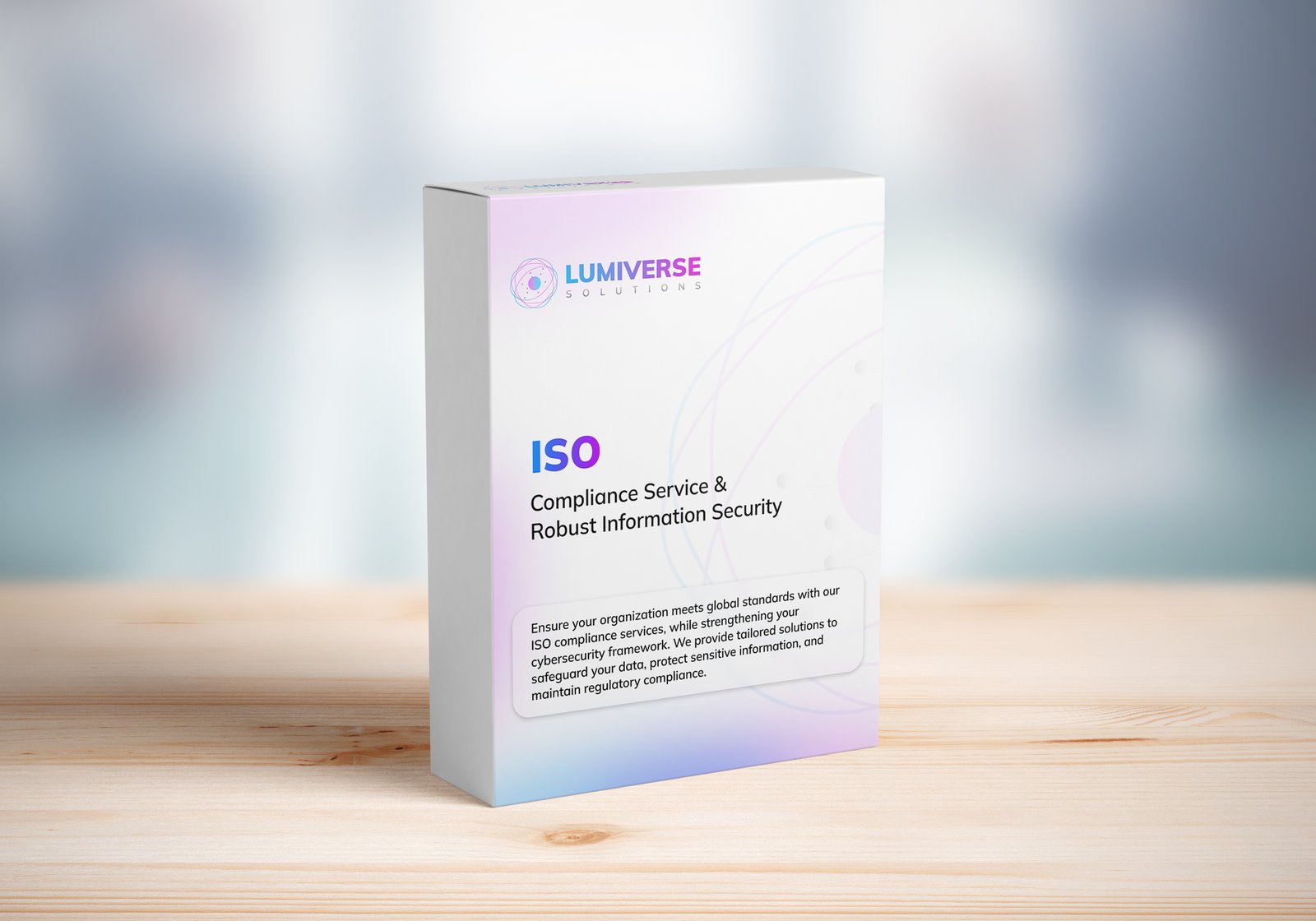
SOC 2 Compliance Audit
Ensure your business meets security, privacy, and compliance standards with our SOC 2 Compliance Audit services. Protect data, build trust, and stay secure. Buy our services today!
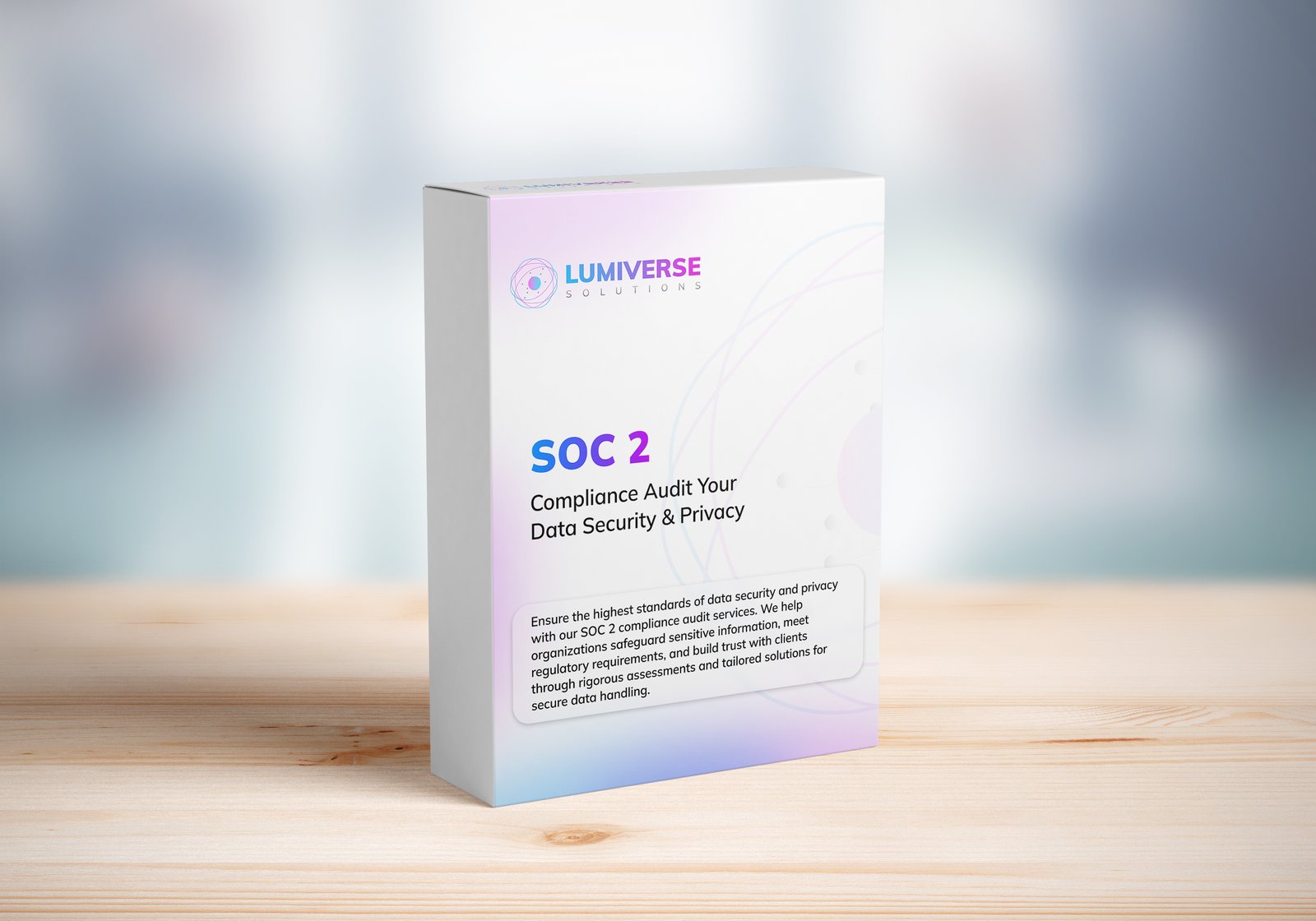
GDPR Compliance Audit Services
Ensure your organization meets GDPR standards with our expert compliance audit services. Protect data, avoid penalties, and enhance privacy practices. Buy our services today to stay secure and compliant!
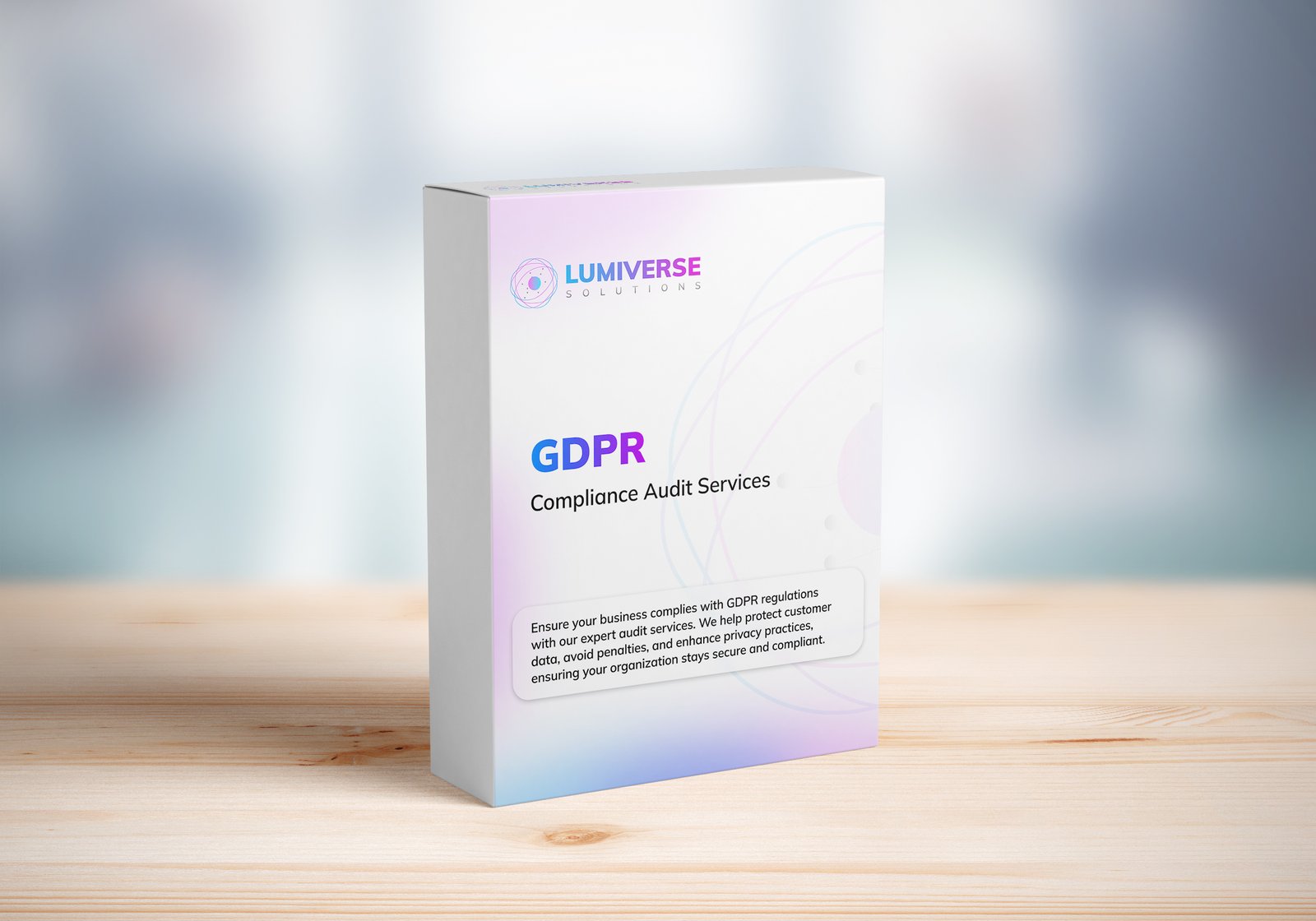
Subscribe to our Research
Enter your email address to subscribe to Lumiverse Research and receive notifications of new posts by email.
Tell Us Your Opinion
We value your perspective! Share your thoughts, feedback, or questions below. Your opinion matters and helps create a richer, more engaging conversation. Let’s connect and hear what you think about this post!
